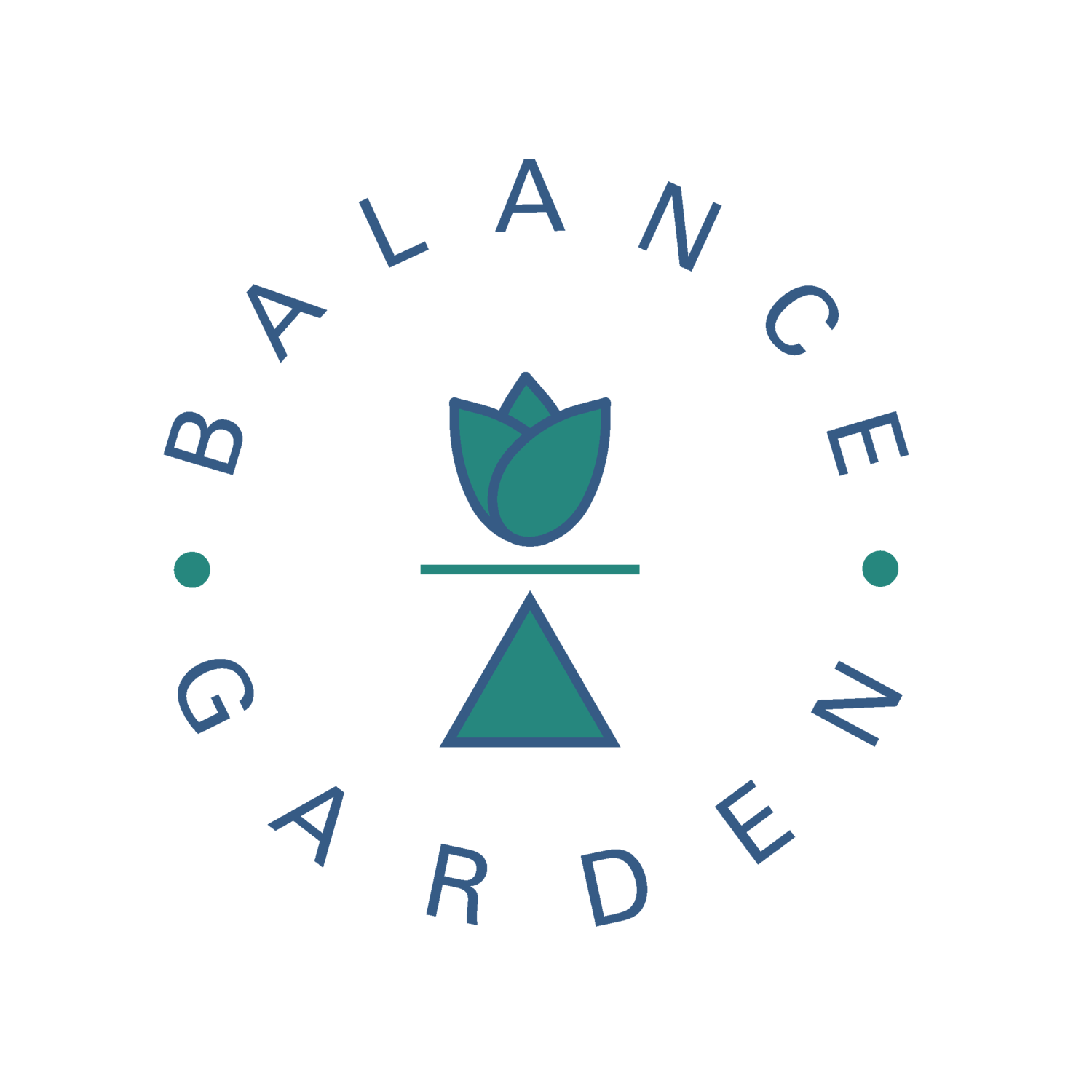Nourish Yourself with Nettle
/Words by Launette
I’m a huge fan of nourishing herbal infusions. After years of drinking lemon & hot water first thing, my tooth enamel started to suffer to the point where I experienced painful sensitivity every time I ate. Having always been a tea drinker and having a deep interest in herbs, I discovered the healing benefits of making infusions.
A few years ago I came across Susun Weed, an American herbalist. She is a huge advocate of making and drinking infusions daily and believes they make a good replacement for many of the multivitamin and mineral supplements we buy every year, which are expensive and not always that beneficial. The idea that herbs can be used to nourish, like a food, as opposed to just treating ailments is such a wonderful idea. She suggests rotating nettle, oat straw, red clover and comfrey. Personally, I really felt drawn to Nettle infusions, and so, along with the occasional oat straw variation, I drink nettle daily upon waking.
It is SO simple and inexpensive to make.
When making infusions, you want to use dried herbs over fresh, because the drying process breaks down the cellulose wall and makes it more available. Fresh nettles are great to juice or cook with, and of course you can dry nettles that you harvest yourself (from clean, unpolluted areas), but for ease, you can buy dried nettle from many bulk herb suppliers (I buy mine from www.starchild.co.uk)
Simply measure out 30g of nettle and place in a sturdy glass Kilner jar or a glass saucepan. ( Such a worthwhile investment, mine was made by Visions)
Pour a litre of boiling water over the herbs and cover with a lid. Try to use the best water possible.
Leave it to infuse for at least 4 hours. I make mine before bed, or when I’m making my last evening cup of tea.
The next morning, you can either strain the liquid, making sure you squeeze the herbs to get all the goodness out and either warm it up in a saucepan or refrigerate it for later (it keeps for up to two days, no longer, due to the high protein content). What I do is heat it up in the glass saucepan over a low heat until it’s sipping temperature- be careful not to boil. Then you can strain it into a teapot or tea cup.
The colour is a dark green and the taste is mellow, a little earthy and not at all bitter. You can always add a little raw honey until you get used to it. Nettle builds energy and can strengthen the adrenals; perfect if you are a coffee drinker like me. I always feel better about my mid-morning coffee knowing I have had my nettle first. Just one cup contains over 500mg of calcium and generous amounts of bone-building magnesium, potassium, iron, silicon, boron, and zinc. It is also an excellent source of vitamins A, D, E, and K.
Even if I'm travelling, I will take a bag of dried herbs with me, and a glass jar. I really feel it if I don’t have it now. So I urge you to give it a try and see how simple it is. Like with anything new, I recommend you try a small amount to begin with to see how your body reacts. In Susun’s words:
Respect the power of plants to change the body and spirit in dramatic ways.
Increase trust in the healing effectiveness of plants by trying remedies for minor or external problems before, or while, working with major and internal problems.
Develop ongoing relationships with knowledgeable healers-in person or in books-who are interested in herbal medicine.
Honour the uniqueness of every plant, every person, every situation.
Remember that each person becomes whole and healed in their own unique way, at their own speed. People, plants, and animals can help in this process. But it is the body/spirit that does the healing.
Don't expect plants to be cure-alls.
Mother to twin boys, Launette now resides in the Sussex countryside. A chocolatier who developed her passion and craft in London, she makes un-roasted bean to bar, artisan chocolates as well as teaching workshops. She has a deep love of nature, whole foods, holistic living as well as art and music. She also D.j's and you can hear her on NTS Live, once a month. Find her on her website and over on Instagram
Recently on Balance Garden



































Show notes for Episode 13 of the Balance Garden podcast - Building Bridges, hosted by Tiger Lily Raphael with Sophie Cowen & Michelle Killington